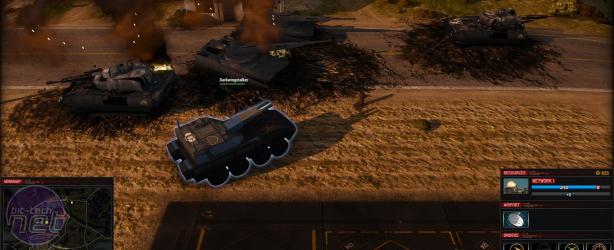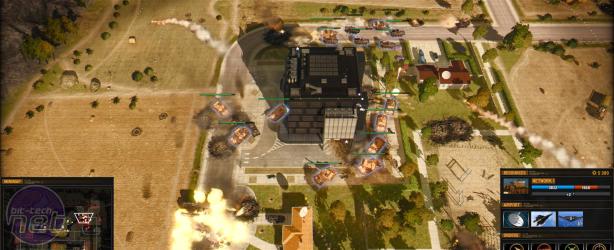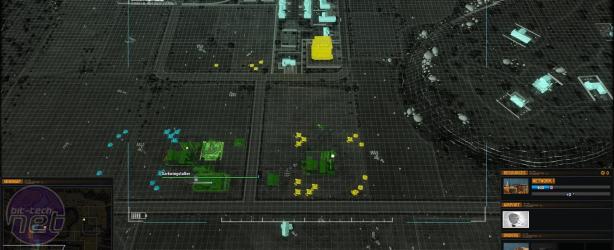

Developer: Eugen Systems
Publisher: Focus Home Interactive
Platform: PC
Release: 2nd September
The giant bomber breaks stealth moments before releasing its payload, optical camo winking away to render the translucent titan as a matte black angel of death, tearing the enemy base in half with a series of catastrophic explosions. This battle isn’t over, but it’s close. The Cartel won’t be able to rebuild in time before my tanks roll in and mop up.
My favourite part of playing Command and Conquer as a kid and later StarCraft 2 in university was the moment you broke the spine of the enemy. You haven’t won yet but you’ve crippled their economy, or hampered their unit production: your victory is assured. For me, it’s the best part of the RTS (real-time strategy) experience.
The highest compliment for Act of Aggression is that I get that same feeling of elation whenever I force the end of a tough battle. It makes me feel like I'm the greatest tactician that ever lived, even if I can only beat “Very Easy” AI opponents right now.

Developer Eugen Systems has pedigree here and stands shoulder to shoulder with Creative Assembly as the best there is at RTS games. When I found out their new game was taking inspiration from Command and Conquer: Generals I was nervous but excitable. The game’s influences are written all over it but that Command and Conquer magic has been mixed in with Eugen’s design expertise and made something that’s a little stranger, a lot more interesting and infinitely less forgiving.
Let’s look at resources: while the maps (and start positions) are the same every time you play, the resource placement is randomised which means you can’t use the same strategies in every game. You’ll always have unique and important tactical choices to make. Resource scarcity means you’re going to need to expand multiple times, but to do this you’ll need your recon troops scattered around the map identifying new locations to keep you topped up.

This also means that with clever placement you can “blockade” the enemy refineries so they can’t get any of the games resources (aluminium, oil or rare-earth elements) back to their base. I found a lot of success with this in my early games until I played against the Cartel, who ferry resources about on drone helicopters, inadvertently putting a stop to my attempts at banditry.
Most units in the game feel unique and enable new tactics. For example the U.S Army sniper can be upgraded to be invisible even while firing, making her devastating against infantry. The Chimera sniper on the other hand isn’t invisible but has an anti-material rifle that can be used to take down armoured vehicles from long range.
Much like Eugen’s acclaimed Wargame series, the emphasis isn’t so much on how many units you have as what you have. Resources are tight so the emphasis is on upgrading your existing units over buying more of them, but because you barely have 2 aluminium’s to rub together you have to make some tough research choices. In a standard game you’re not going to be able to afford to unlock every upgrade you want, so there’s a constant feeling of compromise.

MSI MPG Velox 100R Chassis Review
October 14 2021 | 15:04









Want to comment? Please log in.